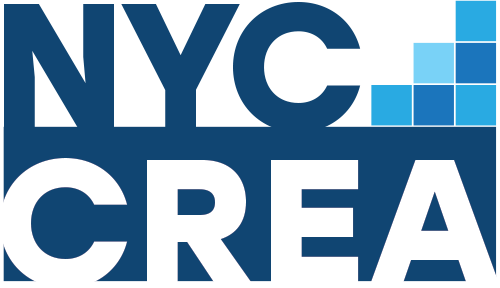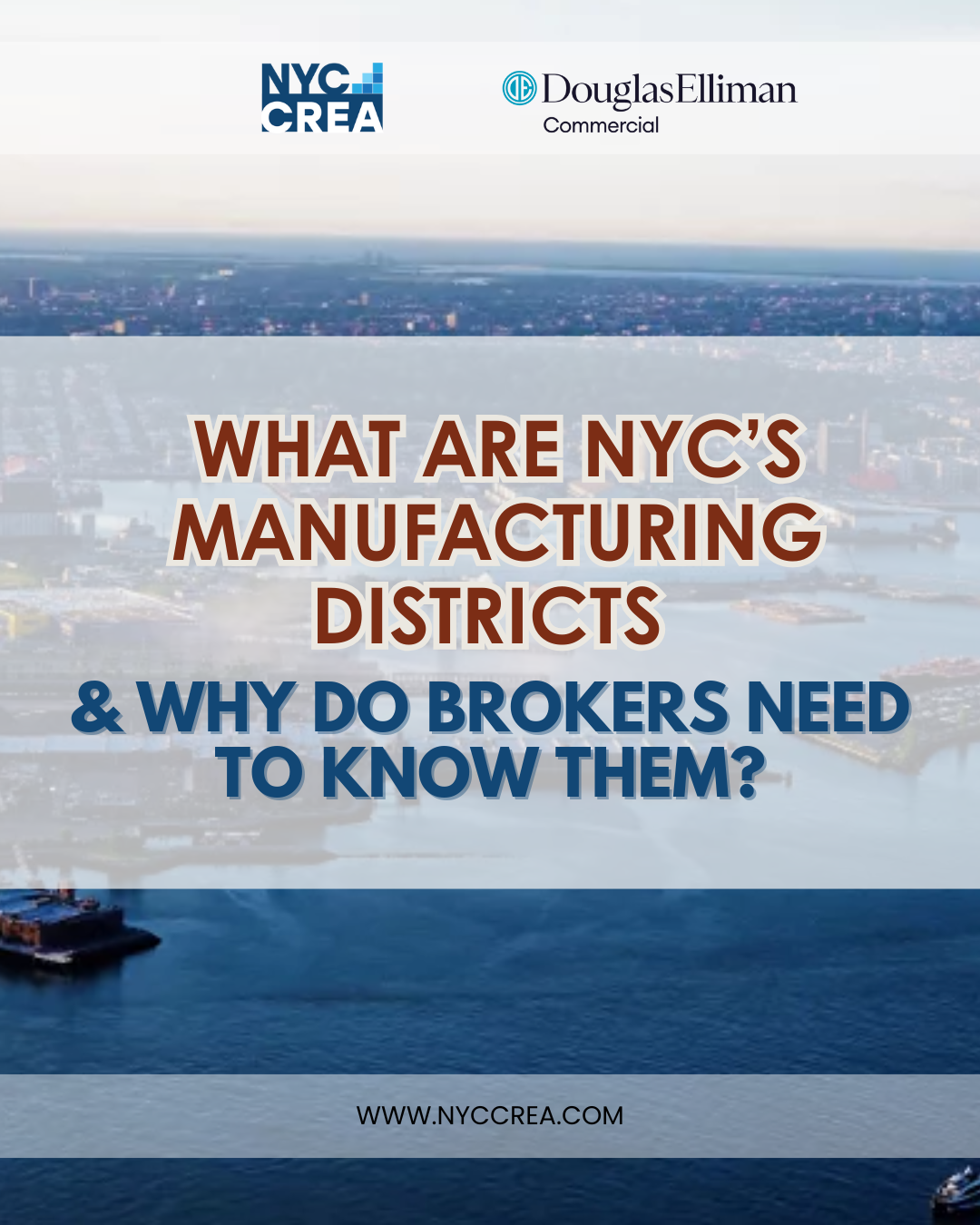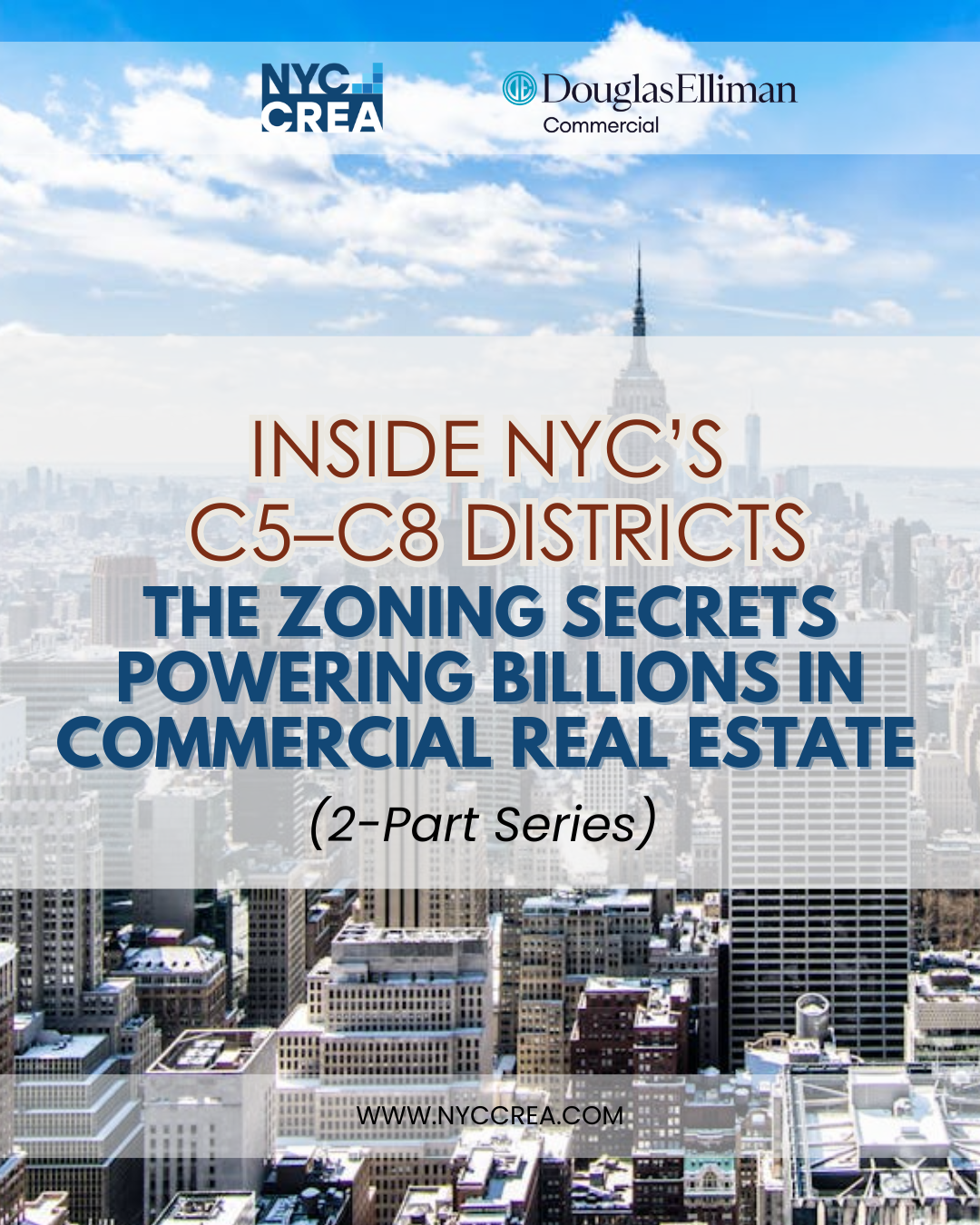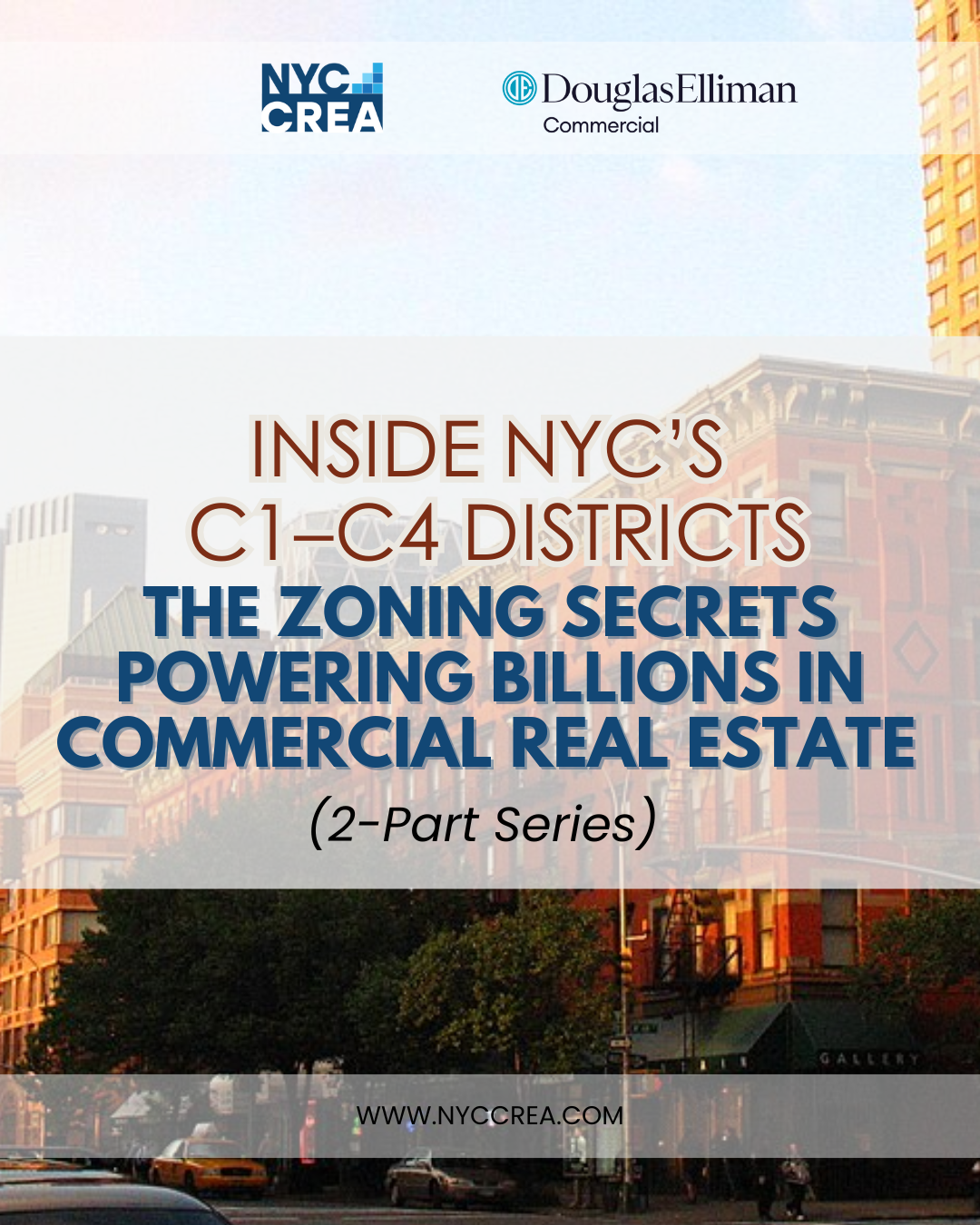The rise in interest rates since 2022 has had a profound effect on the U.S. commercial real estate (CRE) market, especially in major cities like New York. The Federal Reserve’s aggressive monetary policy to combat inflation has brought interest rates to levels not seen in over two decades.
With the Fed’s recent 50 basis-point rate cut in September, expectations are shifting. Analysts predict that these changes may stimulate CRE activity by reducing financing costs, though concerns about long-term economic weakness persist. Compared to 2020, when rates were near zero and capital was cheap, the current environment demands more creative solutions for financing and investment decisions. Cities like New York are particularly affected, but the trend is seen nationwide in markets like Los Angeles, Chicago, and Dallas.
Strong Industrial and Multifamily Sectors
While rising interest rates have created challenges, they also offer some benefits, particularly for well-capitalized investors. One positive outcome has been the stabilization of certain overinflated asset prices. Higher rates have slowed down speculative buying, leading to more disciplined underwriting and asset valuations. This creates an opportunity for institutional investors with significant liquidity to acquire properties at more reasonable prices.
Another benefit is seen in property sectors like industrial and multifamily housing, where long-term leases and demand resilience support rental income growth. These sectors, especially in New York and other major cities, have experienced less volatility compared to office spaces, which have been hit hard by remote work trends. As the Federal Reserve hints at a continued easing cycle into 2025, the prospect of further rate reductions may lead to more favorable refinancing opportunities.
In a report of the Commercial Observer, the strong performance of industrial real estate is attributed to the continued demand for logistics and warehousing space amid e-commerce growth, particularly in major hubs like New York, Los Angeles, and Dallas. Industrial real estate remained resilient, with rental growth rates outpacing inflation. Also remarked was the moderate to strong performance of multifamily housing due to a high demand for rental units, especially in growing metro areas like Miami, Austin, and Atlanta. Population growth and limited housing supply continued to support the sector.

Challenging Year for Office Real Estate
One of the most significant impacts of high interest rates is the difficulty in securing affordable financing. As rates climbed, the cost of borrowing increased, making it harder for developers to secure construction loans and for investors to maintain favorable returns. High interest rates have significantly affected the CRE market, with New York City bearing the brunt due to its highly competitive environment and premium property values. For example, in NYC, office vacancy rates have surged to around 23%, driven by remote work trends and higher borrowing costs. Property values have dropped by as much as 20% in certain parts of Manhattan since 2020, as cap rates adjusted upwards due to higher interest rates. In addition, refinancing has become more expensive, with loan rates climbing from 3-4% in 2020 to 6-7% by 2024.
Nationally, capital markets have seen a slowdown in CRE transactions, with total investment volumes dropping by 60% in Q3 2024 compared to the same period in 2020. Despite regional differences, the office sectors in New York City, Los Angeles, Chicago, and Dallas all face high vacancies, slow leasing activity, rising sublease availability, and financial strain due to higher interest rates, making 2024 a challenging year for office real estate.
In a Commercial Observer report, one of the clearest signs of office sector distress in 2024 is attributed to the increase in sublease availability. In New York, Los Angeles, Chicago, and Dallas, companies that overcommitted to office space during the pre-pandemic boom are now seeking to offload surplus space through subleasing. This has created a tenant-friendly market but placed downward pressure on rental prices.

Financing and Investment Strategies
In response to this high-rate environment, CRE investors and developers are adopting several strategies to navigate these challenges.
1. Debt Fund Partnerships
With traditional bank lending becoming more conservative, many developers are turning to private debt funds or non-bank lenders. These funds offer flexible terms but often come with higher interest rates, making them viable for only well-positioned projects.
2. Cap Rate Adjustments
Investors are adjusting expectations around cap rates, anticipating further compression if interest rates decline. This allows for higher future valuations but requires strategic timing around property acquisitions.
3. Refinancing and Loan Modifications
As refinancing costs increase, some property owners are choosing to pay down loans or renegotiate terms before refinancing. This strategy is particularly relevant for properties nearing loan maturity, helping mitigate the impact of high rates while preparing for future reductions.

Renewed Activity with Recent Rate Cut
The U.S. commercial real estate market, especially in New York and other major cities, continues to grapple with the effects of rising interest rates. While some sectors and investors have managed to benefit from stabilized valuations and increased discipline in the market, challenges in securing affordable financing and dealing with higher cap rates persist. Strategies such as partnering with debt funds, adjusting cap rate expectations, and proactive refinancing have become critical tools in this high-interest rate environment.
As the Federal Reserve’s recent rate cut signals a potential shift toward lower rates in 2025, the CRE market may begin to see renewed activity. Investors with the capacity to hold through the current turbulence could be well-positioned to capitalize on future growth as financing costs decline and market conditions stabilize.







